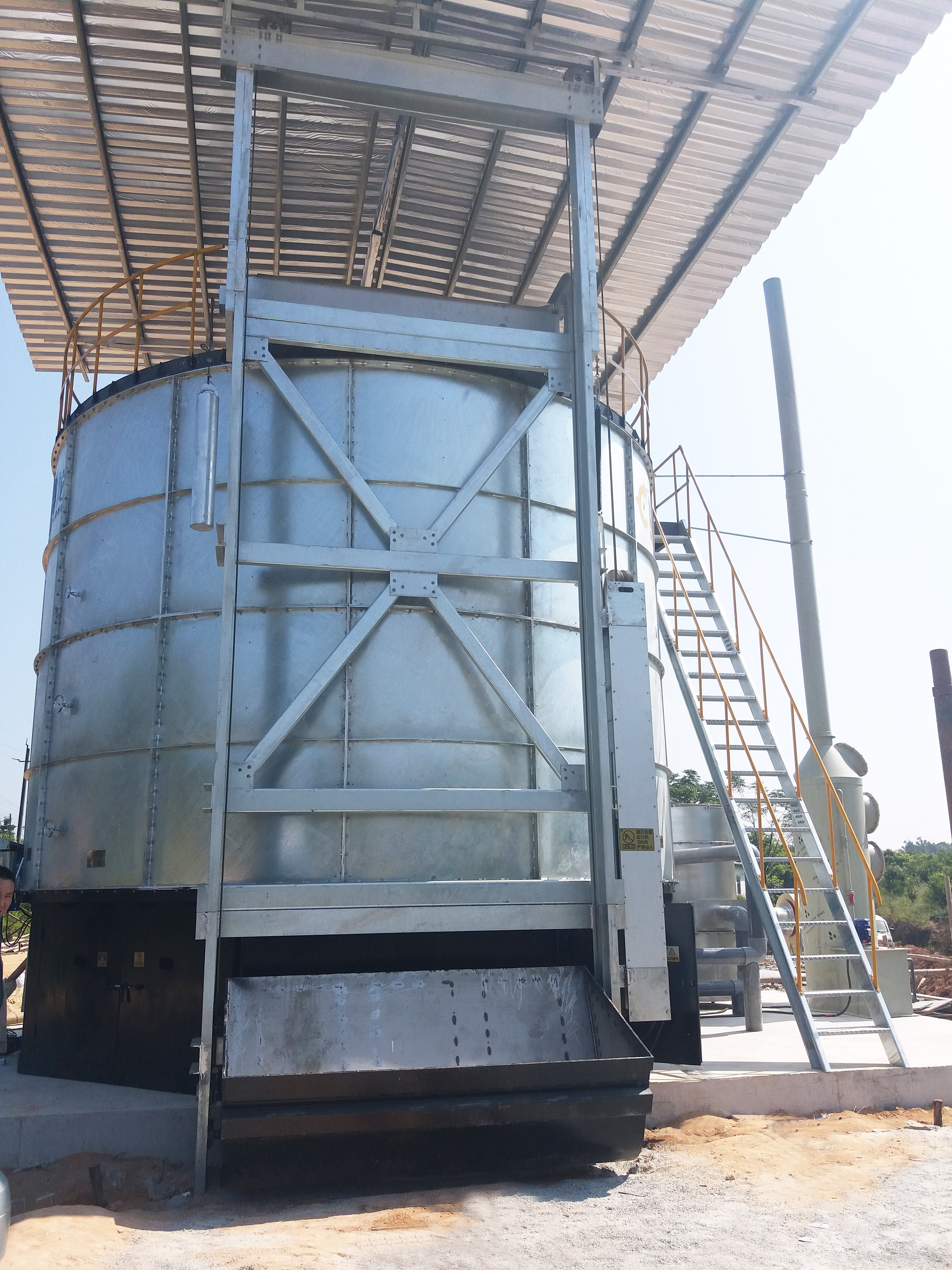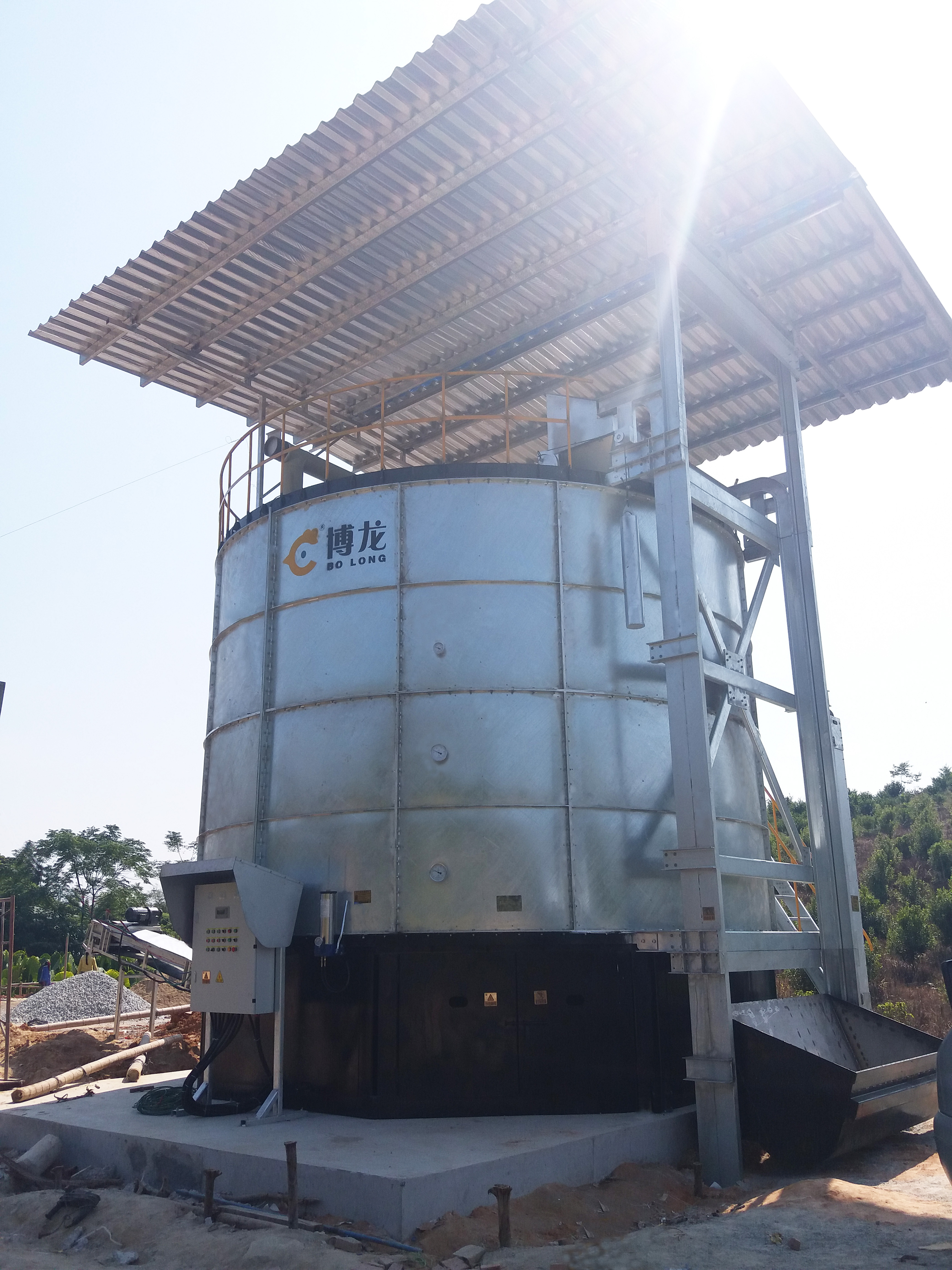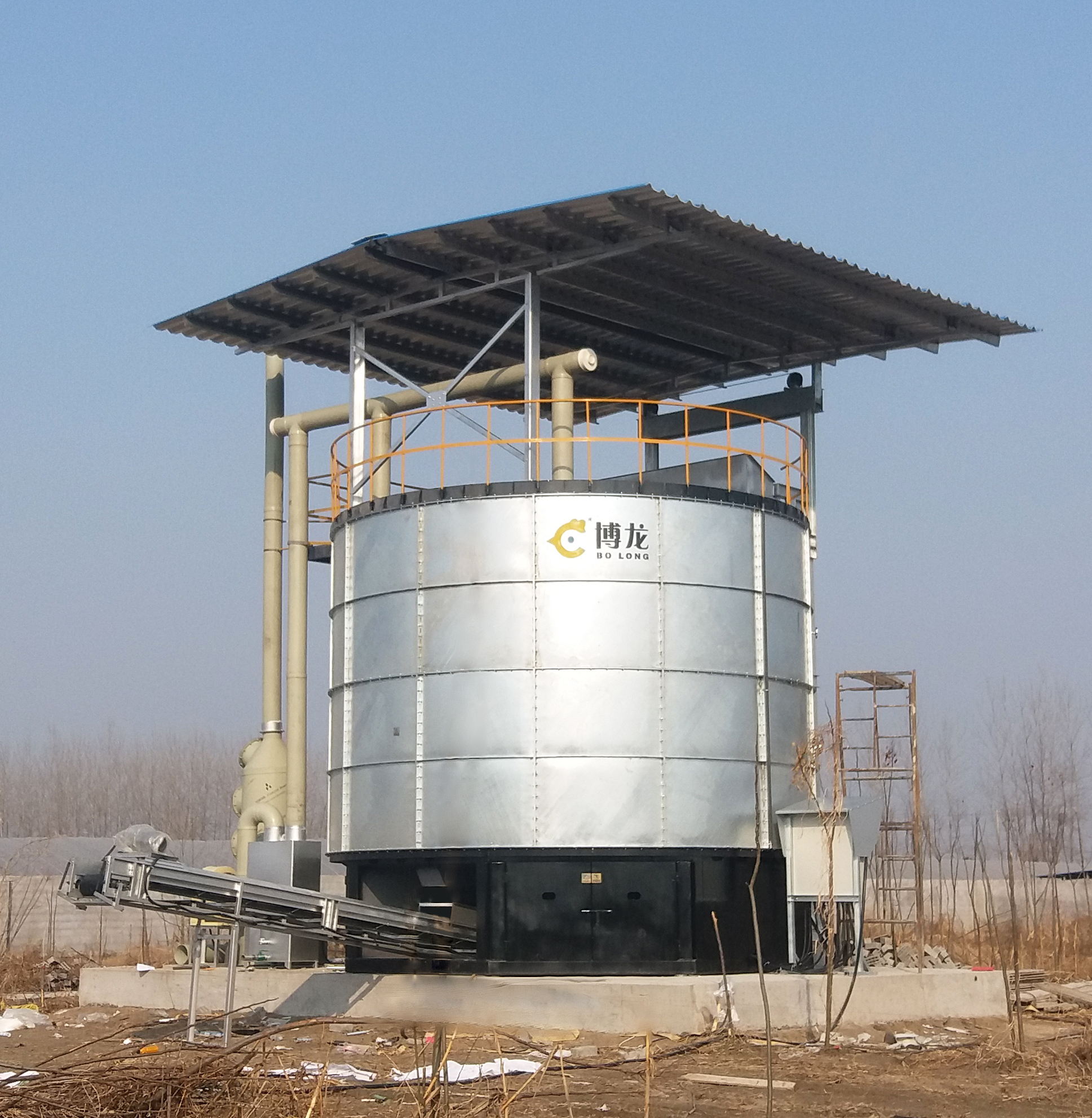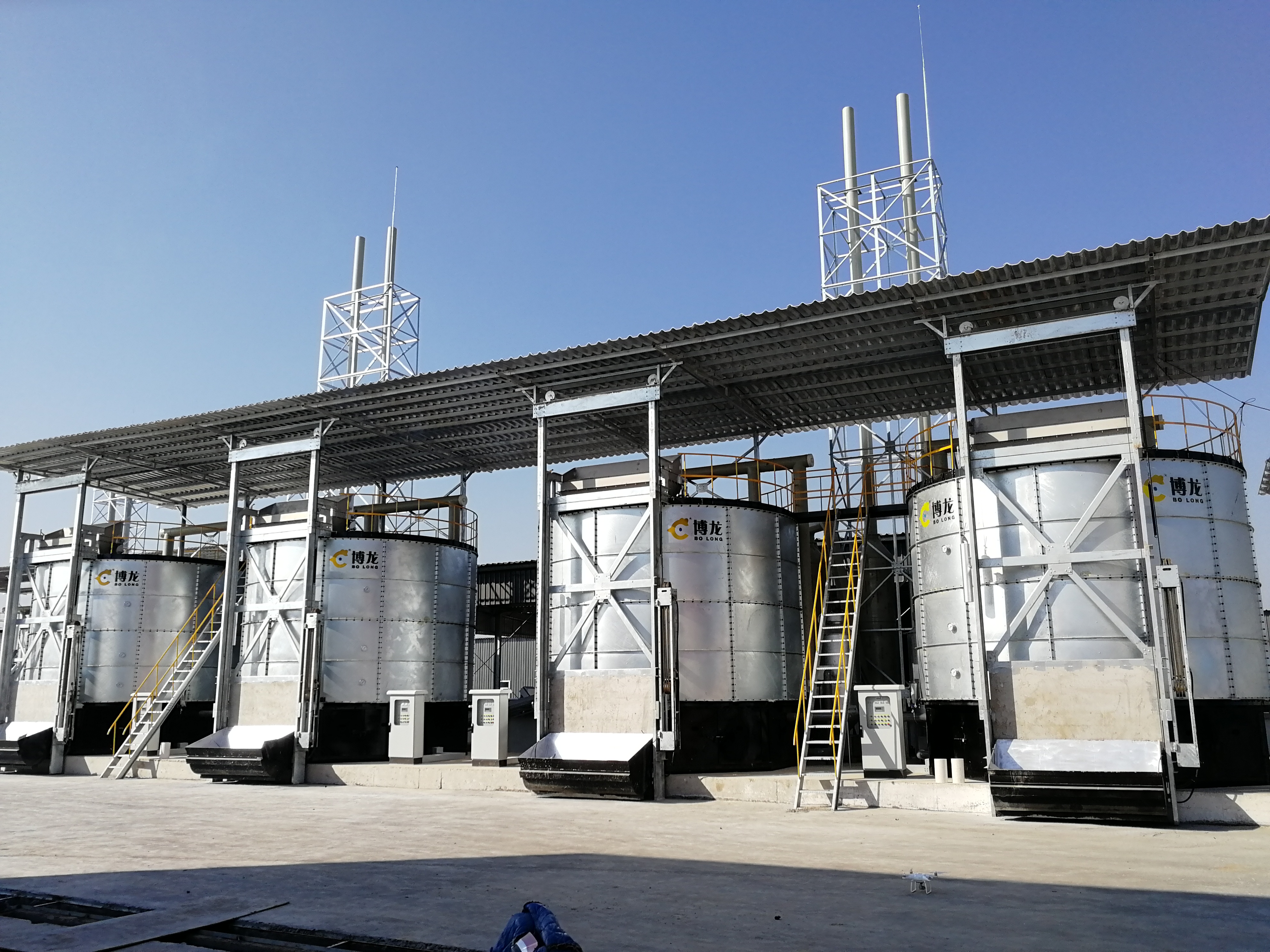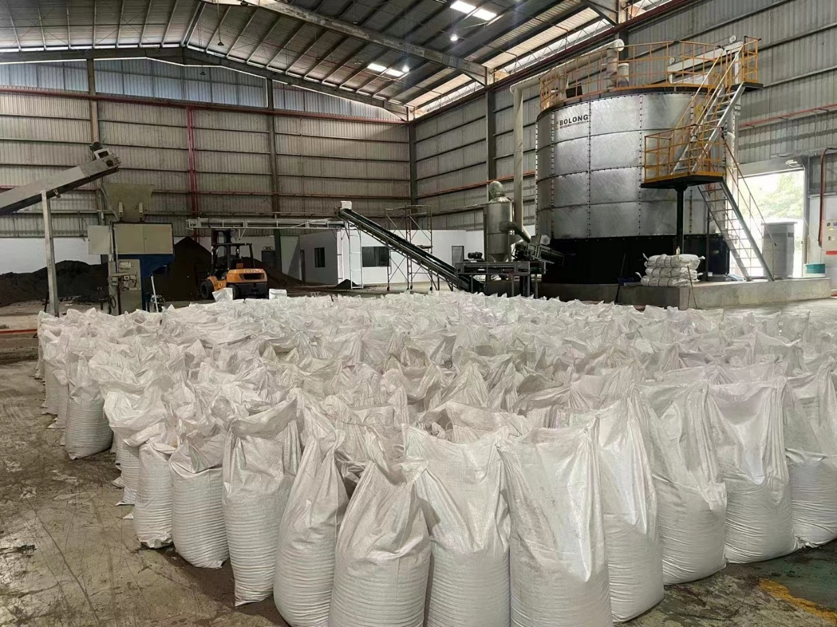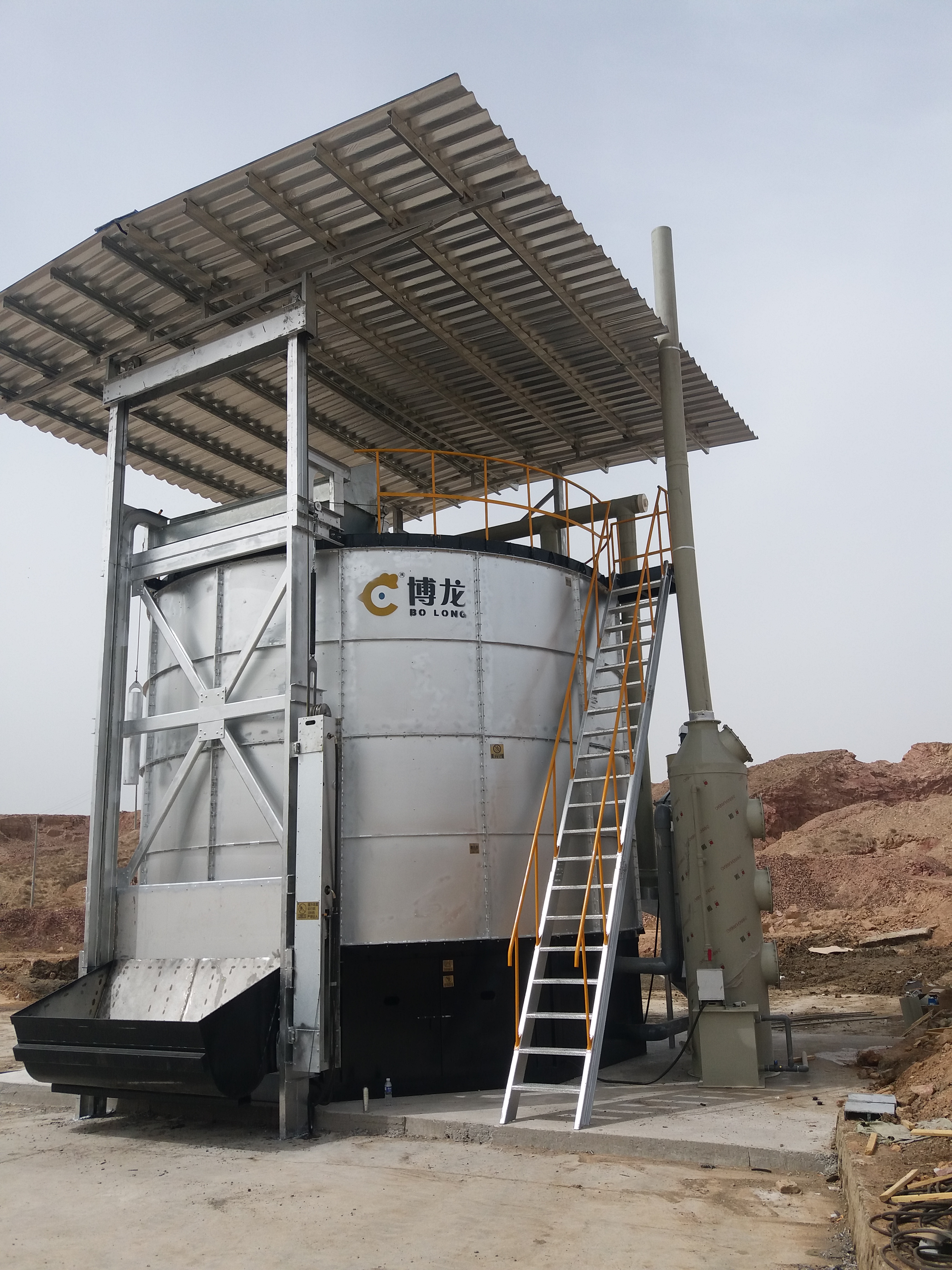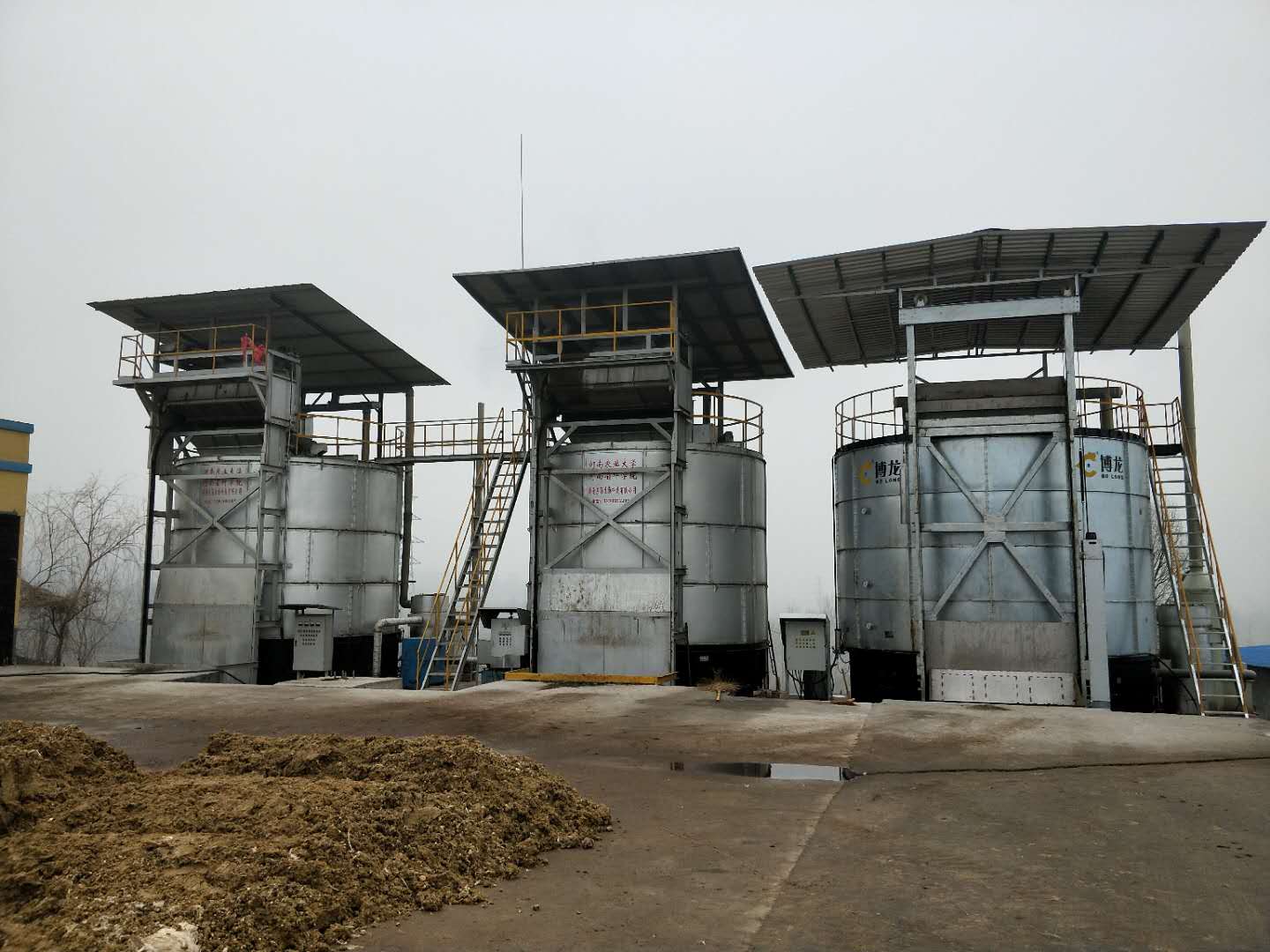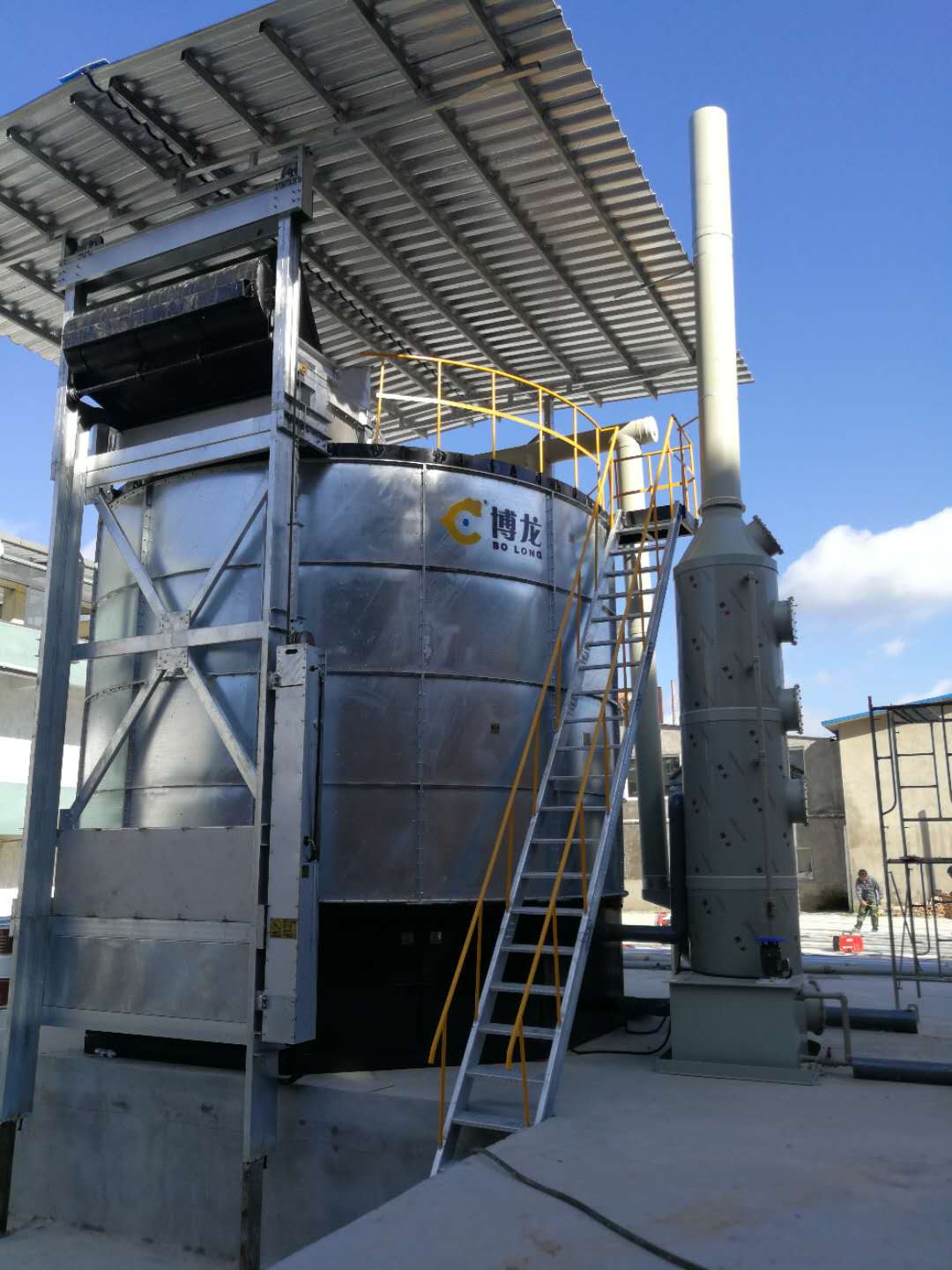Guide to Craft Fermented Beverage Industry Rules. Businesses and industries that discharge wastewater from fermentation and distillation processes are subject to environmental regulations. These businesses include but are not limited to breweries, distilleries, wineries, cideries, meaderies, and kombucharies. On this page. The City’s Role.
